




Life After Death
What happens after we die. Is there life after death at all? And if there is, will we remember our life on this earth? Evolution in the life of the individual starts with the formation of the human embryo and passes through various stages, and even continues after death in another form.
In order to understand better the concept of life after death and what could be meant by “another form”, it can be helpful to start by looking at the reality of the human soul.

For millennia, we have wondered what happens after death. In the month of October 2014, scientists at Southampton University have published the largest ever study looking into what happens when patients return from death’s door. The outcomes seem to confirm the incredible – that consciousness continues on after you are considered clinically dead.
Classical near death experiences are typically described as being vivid, peaceful and joyous, with heightened senses and an altered perception of time, sometimes encountering spirits or beings. The ‘bright light at the end of the tunnel’ is often reported and is also coupled, albeit more rarely, with out-of-body experiences and memories of the patient looking down upon their own body.
Although reports of near death experiences around the world share similarities that transcend sex, culture, religion and ethnicity, the controversial subject of near death experiences, and life after death, has previously been met with great skepticism. This is to be expected given the inherent complexity of researching these personal experiences, with many early studies plagued by small sample sizes providing arguable, anecdotal evidence. But after four years of research into cardiac arrests in 15 hospitals in the UK, US and Austria, the Southampton study’s large sample size, combined with in-depth analysis, has opened the door for a more serious scientific approach to future research.
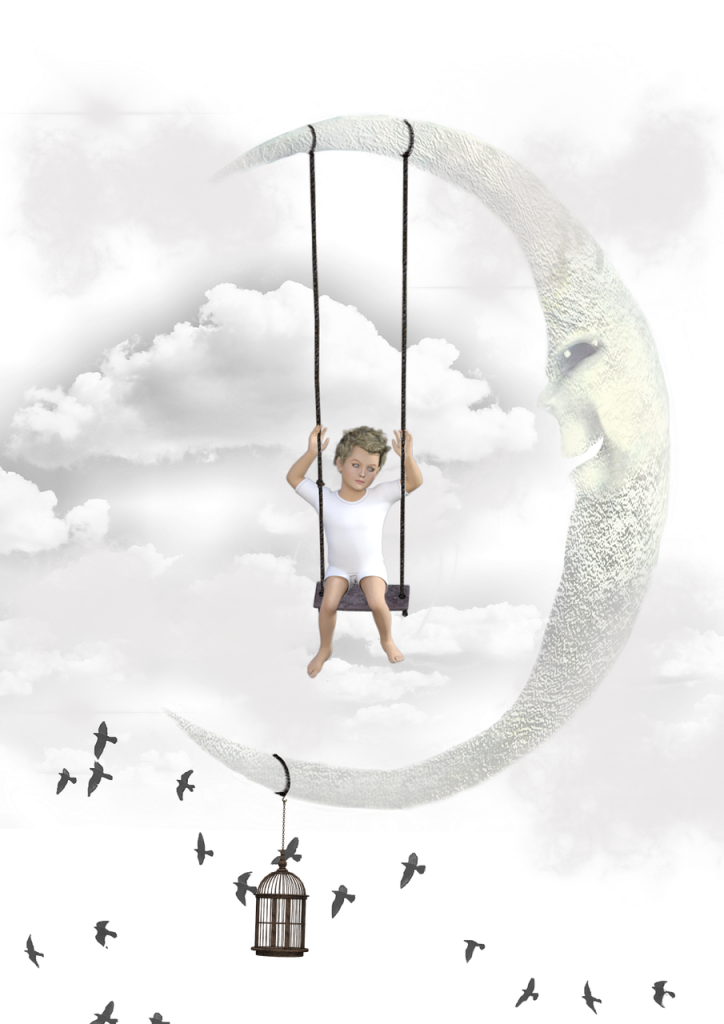
So what does current research propose happens when we shuffle off our mortal coils?
The study found that 39 percent of those that were resuscitated from cardiac arrest and were fit to be included in the study (sadly only 140 out of 2060 patients) described some kind of ‘awareness’ during resuscitation, when clinically they were deemed dead. 55 out of 140 people claimed to remember something during resuscitation. To explain further, the current perception of clinical death is that you stop breathing and your heart stops pumping, with consciousness being lost within a couple of seconds. This is then followed by the brain shutting down and its activity becoming immeasurable within 20 to 40 seconds. However, the present study reports that some of these 55 patients putatively experienced real events for up to three minutes after clinical death – and could recall them accurately following resuscitation.
Looking a little deeper, 101 of these patients were later available for a more extensive interviews, with patient’s experiences falling under one of four categories based on what they recalled:
46 patients confirmed having no recall of memories or events.
46 patients had memories not considered near death experiences (NDE) on the NDE Greyson Scale and had no memories of events occurring during resuscitation. Although the memories did have 7 common themes: fear; animals and plants; a bright light; violence or a feeling of being persecuted; déjà vu experiences; seeing family; or recalling events that likely occurred after recovery from cardiac arrest.
7 patients had near death experience recognized by the NDE Greyson Scale but had no memory of events during resuscitation.
2 patients had near death experience recognized by the NDE Greyson Scale that involved auditory/visual memories of events during resuscitation.
The researchers conducted investigations in an attempt to validate the patient’s memories at the time of resuscitation. Interestingly, both of the category 4 experiences were confirmed to be an accurate account of real life events.

Is this similar to other out-of-body experiences?
Is it a dreamlike, visual reconstruction of occurring events made possible through heightened senses?
Or perhaps it is a statistical projection of what your brain predicts is happening as you die, without input from the senses?
And have we been miscalculating when someone should be considered clinically dead?
Is the brain still functioning, and if so how and at what level?
Or are these “perceptions” truly occurring after brain function has returned following resuscitation and only perceived as if they had happened in real-time?
And finally, is there more to life after death that extends beyond the resuscitation time frame?
While, without question, the studying of near death experiences has a step towards a better understanding of what, if anything, happens after death. One thing the study did confirm is that there is a possibility, of experiencing a little life after death.
Dr. Mary Neal
Dr. Mary Neal, a spinal surgeon, died during a kayaking accident. After going over a waterfall, her boat became trapped in rocks at the bottom. For more than 15 minutes she was pinned under the boat and submerged under water, without air. As she died, “I was enveloped by a physical sensation of being held and comforted by Christ. There was no fear or pain. Together we reviewed my life, observing all the ripple effects of my actions, but I did not feel judged.
“Then I was joyfully greeted by a group of souls whom I knew I had known for all eternity. They radiated great love and joy to see me again. They guided me down a beautiful path to a great domed hall which I knew was the entrance to heaven, God’s kingdom. I was euphoric!
“But I was told that I could not go in–it was not my time. My work on earth was not done, so I had to return to my body. I did not want to go back, but the spirits gave me a list of the things I still had to do on earth, such as sharing my new knowledge.
“They also gave me information about metaphysical questions, such as why bad things happen to good people. And they told me about things that would happen in my future, including the death of my oldest son ten years later.”
Dr. Neal has been interviewed on a number of shows, including the Dr. Oz Show, the Today Show, FOX & Friends, The Katie (Couric) Show, The Marie (Osmond) show, CNN, the 700 Club, OWN-In Deep Shift, and Guideposts.
On Our Bulletin Board - Only The Best For You!
 Anthony Jay Robbins a leader called upon by leaders, has worked with 3 US presidents, top entertainers –from Aerosmith to Green Day, to Usher and Pitbull, as well as athletes like Serena Williams, Andre Agassi and the Golden State Warriors. Billionaire business leaders seek his advice as well; casino magnate Steve Wynn and Salesforce.com founder Marc Benioff are among those grateful for his coaching. www.tonyrobbins.com
Anthony Jay Robbins a leader called upon by leaders, has worked with 3 US presidents, top entertainers –from Aerosmith to Green Day, to Usher and Pitbull, as well as athletes like Serena Williams, Andre Agassi and the Golden State Warriors. Billionaire business leaders seek his advice as well; casino magnate Steve Wynn and Salesforce.com founder Marc Benioff are among those grateful for his coaching. www.tonyrobbins.com
 Dr. Joe Dispenza is a well-established authority in everything relating to how the brain functions. He is also a scientist whose interests extend well into the world of quantum physics. Joe Dispenza has dedicated a good chunk of his life to teaching. He helps people all across the world to become the best version of themselves they can be. www.drjoedispenza.com
Dr. Joe Dispenza is a well-established authority in everything relating to how the brain functions. He is also a scientist whose interests extend well into the world of quantum physics. Joe Dispenza has dedicated a good chunk of his life to teaching. He helps people all across the world to become the best version of themselves they can be. www.drjoedispenza.com
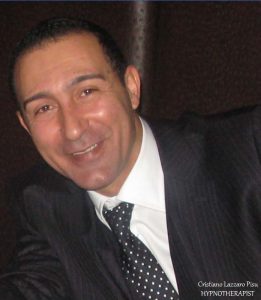 Lazzaro Pisu differ from others because along with his service he provide a method that he developed called HBMD (Hypno Behavioral Mind Direction) a safe and secure natural method that gives effective, positive life change results, after just one to tree sessions. In the year 2019 he was selected from over 4,000 major companies around the world to receive an honorable Global Award for his service in the field of Natural Therapies. www.lazzaropisu.com
Lazzaro Pisu differ from others because along with his service he provide a method that he developed called HBMD (Hypno Behavioral Mind Direction) a safe and secure natural method that gives effective, positive life change results, after just one to tree sessions. In the year 2019 he was selected from over 4,000 major companies around the world to receive an honorable Global Award for his service in the field of Natural Therapies. www.lazzaropisu.com
 Meridith Elliott Powell
Meridith Elliott Powell
High energy, high impact and highly motivating, that is Meridith Elliott Powell, founder and owner of MotionFirst. A certified coach, speaker, and business development expert, Meridith is known in the industry as a catalyst and someone who makes things happen! Meridith began her career in sales and marketing, grew into finance and commercial banking, and is now a gifted and award-winning business person. www.meridithelliottpowell.com
Featured in:
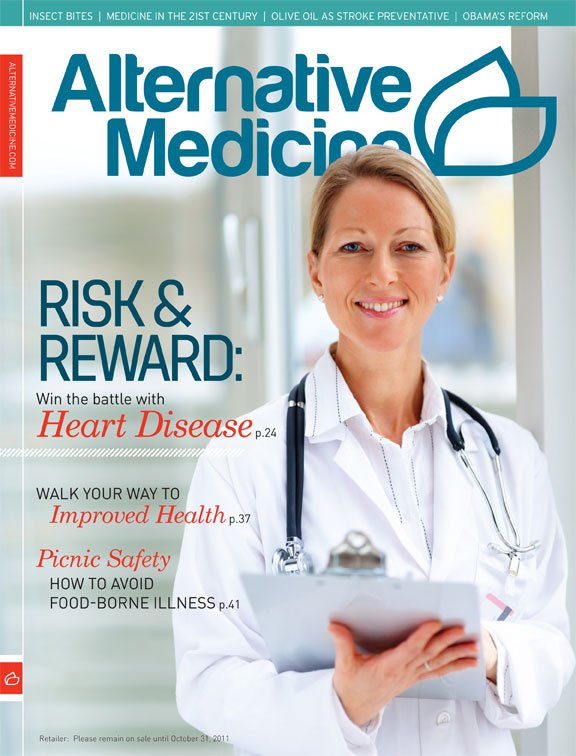












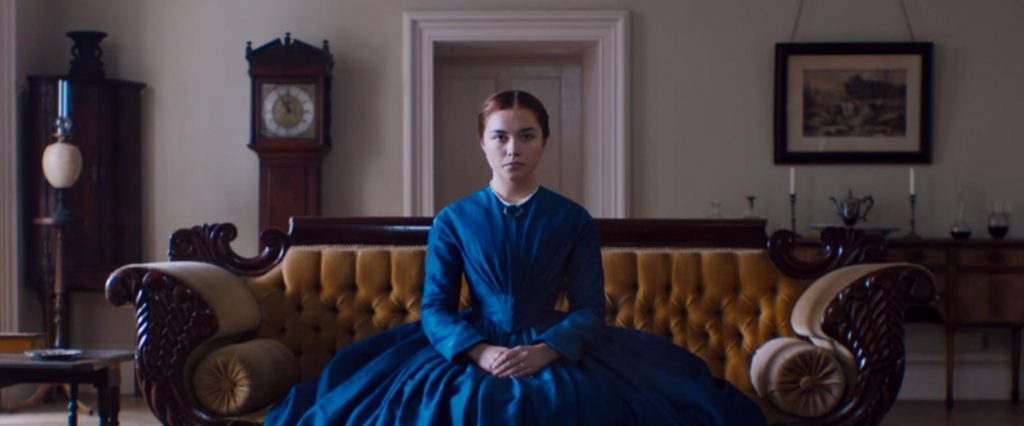


 Natural Remedies for Men’s Health.
Natural Remedies for Men’s Health.  Grandma’s Advise
Grandma’s Advise 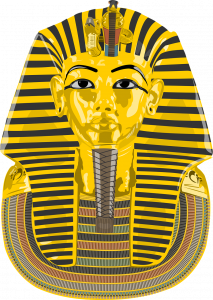
 Stones of Ancient Civilizations.
Stones of Ancient Civilizations.  The Meaning Of Your Angel Numbers…
The Meaning Of Your Angel Numbers… The Law of Attraction
The Law of Attraction  What is numerology? And How Does it Work?
What is numerology? And How Does it Work? 







